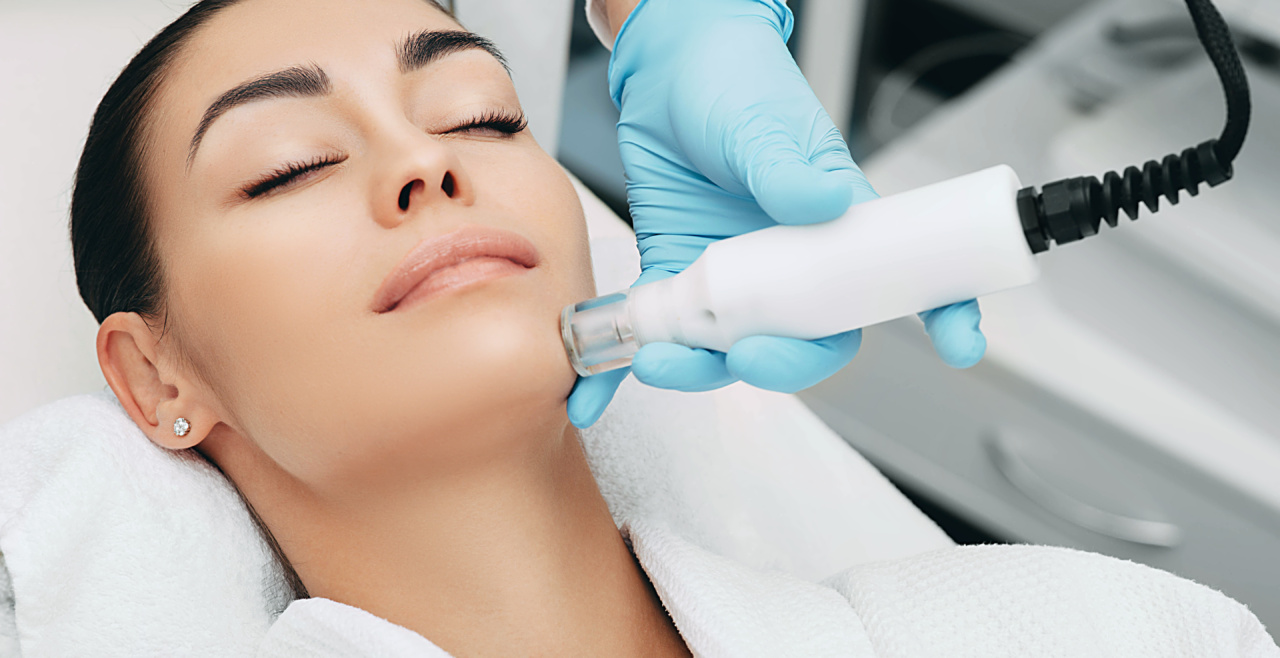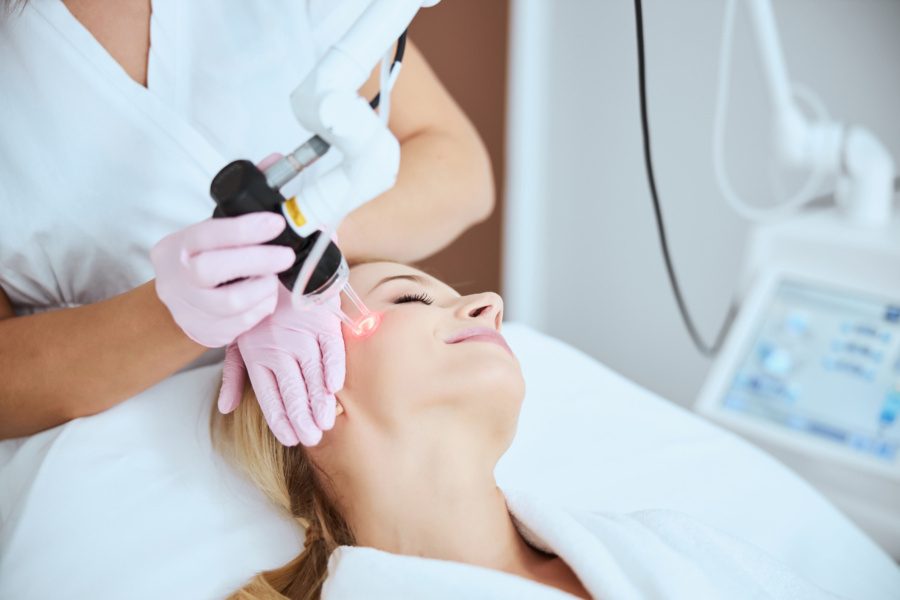Thanks to the advent of technology, achieving better skin has become easier. There are now non-invasive treatments that enable you to improve the condition of your skin long-term, no matter how hectic your schedule is. As long as you pick the right treatment and follow your doctor’s order before, during, and after the treatment, your skin will improve in no time.
Non-invasive treatments have become a norm in skincare today. But before you decide on getting one, spend time determining what these treatments are, how these vary, and which one suits your needs, lifestyle, and budget. The more you know about non-invasive treatments, the easier it’ll be for you to manage your expectations.
Here are four things you should know about non-invasive treatments for better skin:
-
You Have Plenty Of Options
There are different types of non-invasive treatments for the skin today. Having these options is beneficial as you can choose one that suits your pain tolerance, recovery period, and budget. But in general, most non-invasive treatments are comfortable, safe, and quick.
Below are the most common non-invasive treatments for the skin:
- Light therapy: Also known as LED therapy, light therapy uses light-emitting diodes of blue, red, or infrared light energy to calm, rejuvenate, and soothe the skin. You can find out here how different colored lights affect the skin in different ways.
- Ultherapy: This is one of the most innovative non-invasive treatments today and uses high-power ultrasound to stimulate the skin’s natural healing response. This treatment also encourages the formation of new collagen, which can improve skin elasticity.
- Microneedling: As the name suggests, this treatment uses several needles that function as micro-channels to the skin. This treatment carefully injures the skin to stimulate rejuvenation and collagen production.
- Skin peels: Skin peels treat several issues, namely fine lines, wrinkles, and acne. Depending on the peel used, this treatment can also brighten and smoothen the skin and improve skin texture.
-
Prepping Your Skin Before The Treatment Is A Must
The success of the non-invasive treatment you’re getting isn’t solely based on the experience of the doctor or aesthetician. How you prepare your skin before the treatment is just as important. Getting non-invasive treatments when your skin isn’t fully prepared will only lead to irritations.
Regardless of the treatment you’re planning to have, continuously perform your skincare routine until the day of your appointment. Prioritize taking care of your skin by reducing sun exposure and discontinuing the use of aggressive exfoliant products.
Most importantly, clean your skin with a non-drying cleanser hours before your appointment to remove any makeup and mineral-based sunscreen. You don’t need to add too many products to your skin before the treatment—cleansing and exfoliating are enough.
-
You Need To Take Care Of Your Skin After The Treatment, Too
Non-invasive treatments for better skin are fast and easy, but you need to follow an aftercare routine for days or weeks. This is important to minimize the risks of irritation and ensure that you get the results you’re expecting. An aftercare routine can also speed up the skin’s healing process, so you can get back to your daily routine fast.
After getting non-invasive treatments, expect that your skin will slightly turn red like a sunburn. Use a gentle moisturizing and apply a cool compress to alleviate any discomfort and reduce the redness. Since your skin will be sensitive to light two or three days after getting the treatment, skip going to the beach. If you need to be out, apply a generous layer of sunscreen and wear protective clothing such as long sleeves and hats.
Your skin will also crust over or flake weeks after getting the treatment. Peeling is normal as it leaves behind healthier skin. However, make sure that you don’t force peeling your skin as this will cause redness and swelling. Allow your skin to peel naturally.
-
You Might Need More Than One Session
Contrary to popular belief, non-invasive treatments aren’t a one-time feat. Often, you need to visit the clinic several times to see results. This is an important consideration as it affects your schedule and budget.
For example, you need to undergo between two and five sessions at two to four-week intervals to see the results of light therapy. Microneedling will require about three to six treatments while skin peeling will need five sessions to see results. You can achieve noticeable results after getting one session of ultherapy but might require maintenance for a year.
Talk To A Professional First
Before getting any non-invasive treatments, consult a dermatologist first. They can assess the overall condition of your skin and recommend the appropriate non-invasive treatment. Their expertise can become your key in choosing the right non-invasive treatment, so you’ll end up having the best skin.

